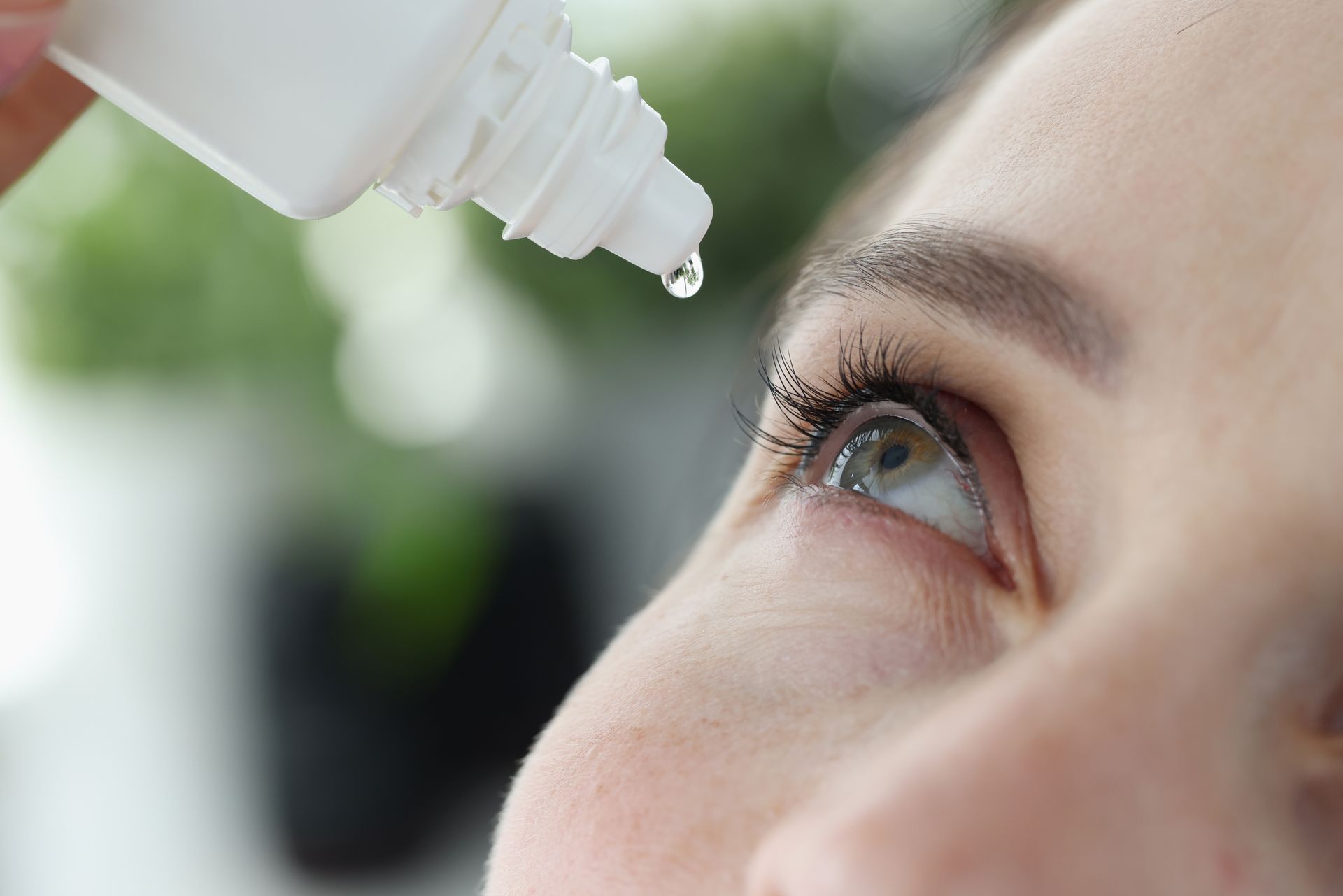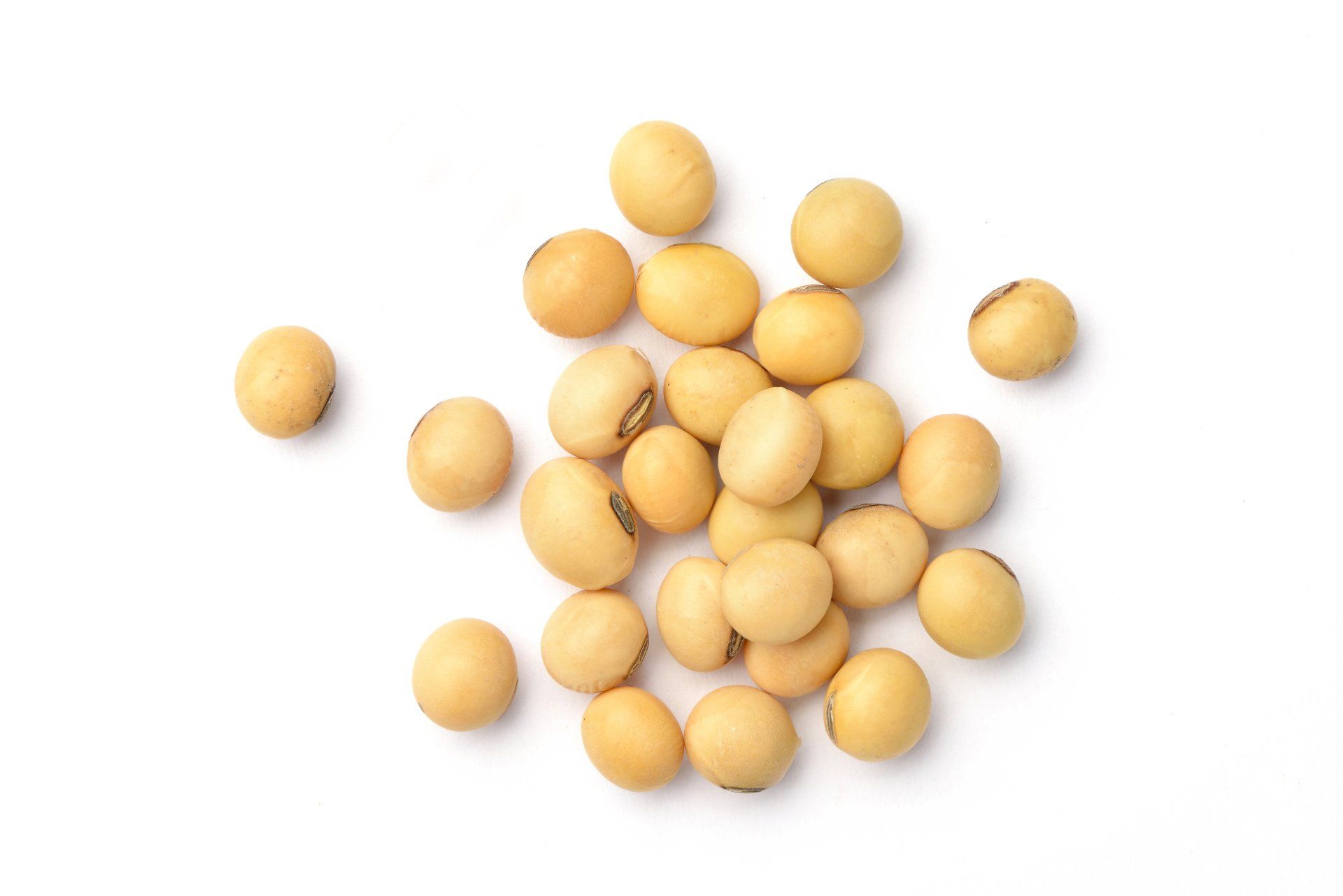Treating Degenerative Eye Disorders
Seeing is Believing
Julie came to my clinic in 2003 for the first time. She was sixteen years old and suffering from Retinitis Pigmentosa (RP), a group of genetic eye diseases that cause degeneration of the photoreceptor cells in the retina, which is the area in the eye that contains light sensitive cells called rods and cones. The optic nerve senses images and sends them to the visual cortex in the brain. Healthy cells in the back of the eye are essential for us to see clearly. If these cells degenerate, are damaged or destroyed, vision degrades since there are fewer sensors to pick up images. In the case of Retinitis Pigmentosa, a patient’s field of vision decreases over time until peripheral loss of vision occurs, many refer to this as tunnel vision. Eventually the problem moves to the center of the retina, and the patient will then become totally blind or will have only small areas of low vision. Julie’s ophthalmologist told her she was going to go blind from Retinitis Pigmentosa. It was expected that she go home and just get used to the idea. She would never be able to drive a car and would most likely be totally blind by the time she was thirty.
During the first week of acupuncture treatment for retinitis pigmentosa, Julie’s vision improved. She stayed for a week receiving intensive acupuncture treatments, then returned about four months later and did a second week of alternative vision treatments. She repeated this process for the next two years. According to Julie, it was during her third week of treatment that she really started to notice a change in her vision. She is now a pharmacist, married, and drives on a daily basis. Other than returning for treatments about twice a year, sometimes only for a few days, she is living a normal life. Her vision isn’t perfect, but her happiness and quality of life has been greatly improved.
There are so many stories like Julie’s, not just people suffering from Retinitis Pigmentosa, but others with compromised vision; patients receive treatment for AMD (age-related macular degeneration), acupuncture for glaucoma, treatment for diabetic retinopathy, optic nerve diseases, and Stargardt’s disease treatment. She found something that worked for her and stuck with it. Her ophthalmologist was very negative about acupuncture treatments, called micro acupuncture, and traditional Chinese medicine. Even though she was gaining vision with each course of treatment, he told her she was wasting her money. He never offered one option that could help her but discouraged her from finding help on her own. I encouraged her to find a doctor who was more open-minded. She now sees a doctor who was so enthusiastic about her progress he found a way for her treatments to be paid for through the pharmacology school she was attending.
People from all over the world come to receive these promising acupuncture treatments for degenerative vision disorders. There is one thing I hear from almost all of my patients. When they are told they have AMD (age-related macular degeneration), retinitis pigmentosa, diabetic retinopathy, Stargardt’s disease or glaucoma, it’s always the same story – “Sorry, you are going to go blind eventually, and there’s nothing that can be done. Go home and get used to the idea.” A patient who is 70 years old told me that her retinal specialist actually patted her on the knee when he told her this, as if she were 10 years old. She has been coming to the Arkansas Acupuncture Center for AMD (age-related macular degeneration) specific treatments for twelve years. In the first year she regained most of her vision and has retained most of what she gained.
The majority of patients being treated for degenerative eye disorders travel to the clinic from all over the United States, some from abroad. Treatments are intensive, and patients visit the clinic from one to three weeks each time they return, anywhere from once every three years to three times a year, depending on the severity of their condition. Most come with a family member or in groups, as they have developed friendships while staying at the Arkansas Acupuncture Center over the years, but it is very common for patients of all ages to come alone. It is a tremendous help for them to come to a place where they can be helped as well as gain hope. The treatment room consists of ten tables that partially sit up so the eye patients can converse while being treated, and group treatments allow new patients to hear the stories of returning patients. The support system is vital to their healing. Positive reinforcement is essential for a patient’s health, shown to have definite healing effects on the body. As practitioners, we have an opportunity to help our patients develop right thinking about their condition, thinking that can actually help them heal.
In 2003, I was trained in the use of a promising and effective treatment for treating degenerative eye diseases such as AMD (age-related macular degeneration), Retinitis Pigmentosa, Stargardt’s disease, Diabetic Retinopathy, Glaucoma, color blindness and blindness due to stroke. The treatments were effective for many problems related to the retina, optic nerve, or brain. Treatments are similar for treating all the eye diseases with variations depending on whether the retina, brain, or optic nerve is affected, and no needles are placed in the eyes.
The majority of patients coming to the Arkansas Acupuncture Center have AMD (age-related macular degeneration), a degenerative disease of the retina that affects the macula. The macula is located in the center of the retina and is the part of the eye where we look from. Over time, what starts as a small blurry spot in the central vision can grow to a large blind spot leaving only peripheral vision and eventual blindness.
What causes Macular Degeneration? It may simply be a consequence of aging. The micro-vessels behind the eyes are deprived of necessary nutrients and oxygen; as the body ages, the energy needed to propel the blood to the deeper tissue diminishes. Plaque or calcium can block the micro-capillaries throughout the whole body, including the vessels feeding the retina, and specifically the macula. Fatty deposits, called Drusen build up in the eye. The consequence of any combination of these metabolic changes is Macular Degeneration, or lack of cellular regeneration in the macula, the area in the center of the retina that is the place we “look from.” When there is no regeneration, there is degeneration of the tissue causing a thinning of the retina and weakening of the sight.
“Dry” Macular Degeneration is simply Macular Degeneration. People are often confused since doctors often describe “wet” and “dry” Macular Degeneration as two different diseases. There is only one disease; Macular Degeneration. Wet AMD is an advanced stage of Macular Degeneration. In ten to fifteen percent of AMD cases abnormal blood vessels develop and grow through the retina. This is referred to as neovascularization, commonly called wet AMD. In a healthy eye, there is a barrier that prevents neovascularization, but the barrier can break down when the retina becomes weak. When the eye is starved of sufficient blood flow, these abnormal vessels may develop as a way of providing blood and nutrients to the cells; a mechanism to help us keep vision. The abnormal vessels tend to be weak and the eye fills with fluid causing diminished vision, and over time can cause scarring of the retina.
When patients with wet Macular Degeneration are experiencing leakage of fluid into the vitreous chamber, it is essential to undergo any safe and effective means possible to have it stopped. Different methods have been used to stop retinal bleeding or leaking. In the 1990’s, high intensity or hot laser was used to cauterize the leaking vessel. This was very effective, but could cause scarring, sometimes severe, and if bleeding was located in the area of the macula, this procedure was seldom used.
Following use of high intensity laser, ophthalmologists used low intensity laser, or cold laser, often referred to as Visiting or Photodynamic therapy. A substance was injected into the blood stream that when activated with low intensity laser would harden the substance, blocking the leaking vessel, stopping the leakage into the vitreous chamber.
Currently, retinal specialists use Avastin™, a drug used to treat colon cancer, and renamed Lucentis™ for the treatment of wet AMD. The drug is injected directly into the eyeball. Lucentis helps this condition by “drying up” the abnormal blood vessels that potentially leak fluid into the vitreous chamber.
Sidney came to the Arkansas Acupuncture Center for eye treatments after he had lost most of the vision in his right eye from handling dynamite. The dynamite caused blood vessels to leak fluid into the vitreous chamber. Sidney suffers from diabetic retinopathy, and was blinded in the left eye by a detached retina. He was told by his doctor nothing could be done. Sidney is in his early fifties, a farmer with two sons and wanted nothing more than to be able to continue working his farm. Within days after starting acupuncture treatments, the eye affected by the dynamite was doing much better. Although only the central vision had returned he was able to read and drive. After several months Sidney returned for treatments as he was rapidly losing vision. He was told his “good” eye was leaking fluid, and once again his doctor told him nothing could be done. He gained some vision after a few days of treatment, but because fluid continued to leak into the eye, he kept losing sight. I suggested he find a doctor who would use Avastin or Lucentis™ to stop the leaking. Although he did not have wet macular degeneration I believed it would work for diabetic retinopathy. A retinal specialist performed the procedure and it worked, saving his vision.
At the Arkansas Acupuncture Center, eye diseases are treated with a method of acupuncture™ developed in Europe. It is one of the more promising treatments available, not only helping people maintain vision, but can help restore lost vision. I have had the opportunity to treat hundreds of patients during the last nine years I’ve been treating eye diseases. I can say with certainty that close to ninety percent of them gain vision, calculated from data collected by visual field scans performed on patients have when they first arrive at the clinic before any treatments begin, and repeated after 6 to 9 treatments.. Distance and near acuity test, those tests where we read the letters on a chart, confirm both vision gain and accuracy of the visual field scans. How much sight each patient gains depends on many things: Duration of patient’s ailment, the rate of vision loss, and the rate vision improves with treatments. Some patients will remain stable, meaning that over time they hold the vision they have. Even though they lose some between treatments, with each treatment session they regain what they have lost. Looking at a visual field scan after receiving treatments for up to several years, most show better vision than when treatments started. Not all patients will gain vision, and many are not able to gain enough to meet their expectations.
Traditional acupuncture works by affecting acupuncture points that are located along pathways or “meridians,” that carry “qi” bilaterally all over the body, each channel associated with an internal organ; lung, spleen, liver, kidney, heart, intestines, etc. I don’t know of any combination of points within the traditional system that effectively treats degenerative eye diseases.
The Chinese talk about another conveyance for qi called the Luo (pronounced “low”). Commonly referred to as the network vessels, they nourish the organs not associated with the main internal organs, for instance, the brain and eyes. The Luo are responsible for propelling the blood deeper into the tissue of these organs, and are accessed through the main meridians because they don’t have their own acupuncture points. I believe that the system of points used to treat eye diseases access the Luo by helping to push the blood deep into the tissue, allowing the eyes to heal by stimulating the vessels that feed the eyes, brain and optic nerve.
Points used in traditional acupuncture have a regulating function; they perform many functions depending on what the patient needs. Also, if you needle a point that the patient doesn’t need, it will not necessarily have an effect. The acupuncture I use for treating degenerative eye disorders strengthen the organ or area being targeted. The acupuncture points of this system are not regulatory in nature and should only be used for certain conditions. For instance, points of this system associated with the urinary bladder would not be used for retention of fluid since they will only strengthen the bladder, causing edema, increasing its holding function. I use them only when the patient complains of an inability to hold the urine.
In 2008, James came to the Arkansas Acupuncture Center hoping to find help for his macular degeneration. During the first week he experienced only slight changes. He returned two months later and gained more vision. After three years James finally passed his driver’s test, his goal when beginning treatment. Although it took nearly three years to meet his goal, he claims it was well worth it. Not every patient is able to achieve a goal that most would say is impossible, but all of my patients are people who were willing to take a chance on something that their doctors often tell them is a waste of money, hoping that it will help them regain some of what has been lost. One of my patients told me that when he was considering whether to take a chance on something his doctor told him would not work he came to this conclusion. “All I have to lose is my blindness.”
Send us a Message
We will get back to you as soon as possible
Please try again later

1501 SE Walton Blvd. Suite 201Bentonville, AR 72712
Call Us
Toll Free:
1-800-824-6368
Local:
479-250-3659
Arkansas Acupuncture Center | Powered by Flypaper | All Rights Reserved | Privacy Policy





